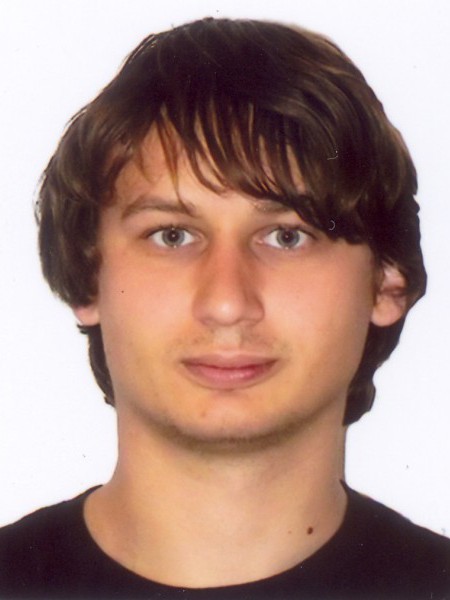abstract
The specific microstructure of aluminum alloys is herein explored to grow spatially-resolved layered double hydroxide (SR-LDH) clusters on their surface. Upon chemical modification of LDHs via intercalation, adsorption and grafting with different functional molecules, novel surface-engineered surfaces were obtained. Crystal structure and phase composition were analyzed by X-ray diffraction (XRD) and surface morphology was observed by scanning electron microscopy (SEM). X-ray photoelectron spectroscopy (XPS) and glow discharge optical emission spectrometry (GDOES) were used to correlate structural changes upon ion-exchange and interfacial modifications with chemical composition and surface profiles of the SR-LDH films, respectively. The protection conferred by these films against localized corrosion was investigated at microscale using the scanning vibrating electrode technique (SVET). LDH-NO3 phase was obtained by direct growth onto AA2024 surface, as evidenced by (003) and (006) XRD diffraction reflections. After anion exchange of nitrate with 2-mercaptobenzothiazole (MBT) there was a decrease in the SR-LDH thickness inferred from GDOES profiles. The subsequent surface functionalization with HTMS was confirmed by the presence of Si signal in XPS and GDOES analyses, leading to an increase in the water contact angle (c.a 144 degrees +/- 3 degrees). SVET measurements of the SR-LDH films revealed exceptional corrosion resistance, whereas the bioluminescent bacteria assay proved the anti-microbial character of the obtained films. Overall the results obtained show an effective corrosion protection of the SR-LDHs when compared to the bare substrate and the potential of these films for biofouling applications as new Cr-free pre-treatments.
keywords
COPPER CORROSION-INHIBITOR; 2-MERCAPTOBENZOTHIAZOLE; FILMS; XPS; PROTECTION; AA2024
subject category
Materials Science
authors
Neves, CS; Bastos, AC; Salak, AN; Starykevich, M; Rocha, D; Zheludkevich, ML; Cunha, A; Almeida, A; Tedim, J; Ferreira, MGS
our authors
Projects
CICECO - Aveiro Institute of Materials (UID/CTM/50011/2013)
MULTI-functional metallic SURFaces via active Layered Double Hydroxide treatments (MULTISURF)
acknowledgements
This work was financed by Portugal 2020 through European Regional Development Fund (ERDF) in the frame of Operational Competitiveness and Internationalization Programme (POCI), in the scope of the project MAGICOAT POCI-01-0145-FEDER-016597/PTDC/CTM-BIO/2170/2014 and in the scope of the project CICECOAveiro Institute of Materials, POCI-01-0145-FEDER-007679 (FCT Ref. UID/CTM/50011/2013), and co-financed by national funds through the FCT/MEC. This work in part was financed by the European project MULTISURF (Marie Sklodowska-Curie Research Program, grant agreement No 645676). JT thanks FCT for the research grant IF/00347/2013.







